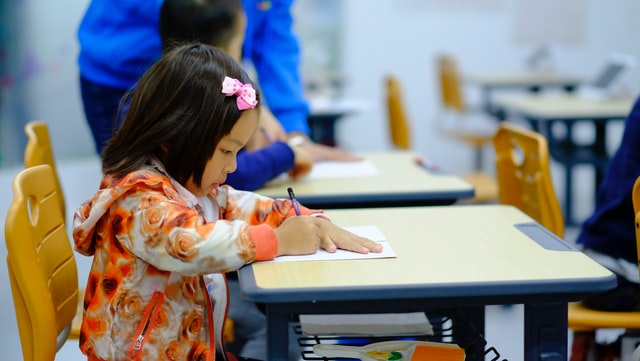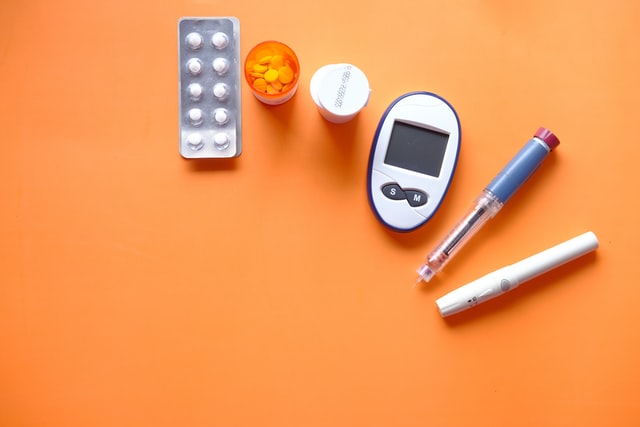The common name for Amblyopia is Lazy Eye. This is when vision in one or both eyes does not develop properly. This problem is common among babies and small children. The first few years of life are crucial for the development of eyesight. If vision does not develop as it should, it will create issues in every aspect of life.
If the development of vision is stunted it can cause issues with learning, socialization, athletics and self-esteem.
What causes it?
There are a few different vision problems that can cause lazy eye.
- Refractive Errors – these types of errors are common like, near or farsightedness or even astigmatism. If one of these is worse in one eye than the other, it can cause that eye to stop working and sunt the development.
- Droopy Eyelid – this can block vision while a child’s vision is developing and cause amblyopia.
- Strabismus – this is when a person’s eyes point in two different directions. When the eyes aren’t pointing in the same direction it can cause a child’s brain to ignore the image from one eye in order to avoid seeing double, which unfortunately can keep that eye from developing normally.
- Cloudiness in the eye – or cataract, where the lens of the eye is cloudy instead of clear. This can keep the vision in that eye from developing as it should.
How to diagnose it?
Amblyopia can be caught early on by scheduling regular eye exams for your kids. During an exam an eye doctor will check to make sure the vision in both eyes is developing at a normal speed. During routine exams, a doctor will be able to tell if there are any differences in vision between the two eyes.
It is recommended that all children have their vision checked before their 4th birthday. If there is a family history of eye issues, your doctor may recommend that they have their vision checked sooner than that.
Treatment for Amblyopia
Your eye doctor will discuss all the possible ways to treat it to try to prevent further damage. It is important to make the vision stronger in the weaker eye. This can be done with prescription glasses, eye patches or in extreme cases surgery.
You want to be sure your child’s eyes are developing properly to help them avoid issues in other areas of development as they grow. Call TriCounty Eye Associates today in order to schedule your child’s eye exam!


